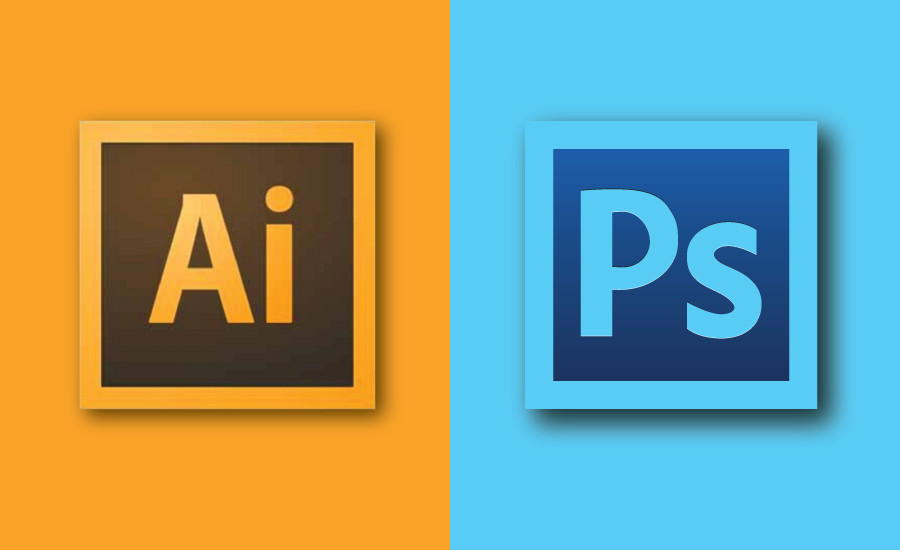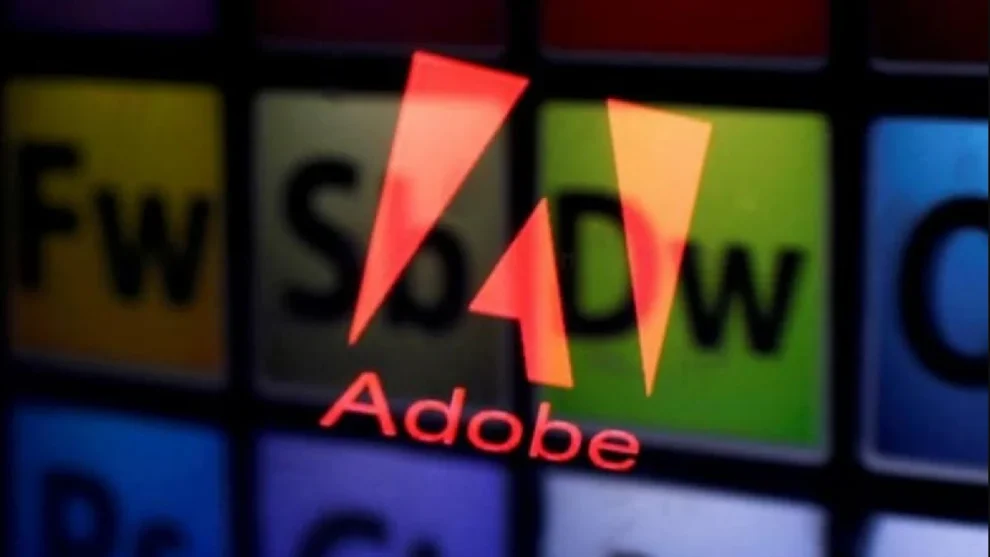Adobe has unveiled a suite of revolutionary features for its flagship applications, Photoshop and Illustrator. These cutting-edge innovations promise to transform creative workflows, offering unprecedented speed, precision, and power to artists, designers, and photographers worldwide.
The Dawn of a New Creative Era
Adobe’s latest update marks a significant leap forward in the evolution of digital design tools. Leveraging the power of artificial intelligence and machine learning, the new features in Photoshop and Illustrator are poised to dramatically enhance productivity while opening up new realms of creative possibility.
We’re not just updating software; we’re reimagining the entire creative process,” said Johanna Marquez, Adobe’s Senior Vice President of Creative Cloud. “These innovations represent our commitment to empowering creators with tools that are not only more powerful but also more intuitive and accessible than ever before.”

Photoshop: Redefining Image Manipulation
Photoshop, long considered the industry standard for image editing, has received a transformative update that pushes the boundaries of what’s possible in digital imaging.
AI-Powered Object Selection and Manipulation
At the forefront of Photoshop’s new features is an advanced AI-driven object selection tool. This groundbreaking technology can identify and select complex objects within an image with uncanny accuracy, even distinguishing between overlapping elements and intricate details like hair or foliage.
The new object selection tool is nothing short of revolutionary,” said Maria Chen, a professional photographer and beta tester. “What used to take me hours of painstaking work with the pen tool can now be accomplished in seconds, with even better results.”
But the magic doesn’t stop at selection. Once an object is identified, Photoshop’s new AI can intelligently manipulate it in three-dimensional space. Users can easily change the perspective, lighting, and even the material properties of selected objects, all while maintaining photorealistic quality.
Neural Filters: Beyond Traditional Editing
Adobe has expanded its Neural Filters, introducing a range of AI-powered adjustments that go far beyond traditional photo editing capabilities. New filters include:
- Age Adjustment: Realistically age or de-age subjects in photographs
- Emotion Editor: Subtly alter facial expressions to convey different emotions
- Style Transfer: Apply the artistic style of one image to another with unprecedented realism
- Weather Simulator: Add or remove weather effects like rain, snow, or fog to outdoor scenes
“These neural filters are game-changers,” said Alex Ramos, a concept artist for a major film studio. “They allow us to quickly explore different visual options that would have been incredibly time-consuming or even impossible before.”
Real-Time Collaboration and Cloud Integration
Recognizing the increasingly collaborative nature of creative work, Adobe has introduced real-time co-editing features in Photoshop. Multiple users can now work on the same document simultaneously, with changes syncing instantly across devices.
Furthermore, tight integration with Adobe’s Creative Cloud ensures that assets, brushes, and presets are always accessible, allowing for a seamless workflow across different devices and locations.
Illustrator: Vector Graphics Reimagined
Not to be outdone, Illustrator has received its own set of revolutionary updates, cementing its position as the premier vector graphics software.
AI-Enhanced Drawing and Shape Creation
Illustrator’s new AI-powered drawing assistant takes vector creation to new heights. As users draw, the software intelligently predicts and smooths lines, creating perfect curves and shapes with minimal effort.
It’s like having a skilled assistant guiding your hand,” said Priya Sharma, a graphic designer specializing in logo design. “The AI understands the intent behind your strokes and helps you achieve the perfect form, whether you’re sketching a logo or creating intricate illustrations.”
The shape creation tools have also been enhanced with AI, allowing users to describe shapes verbally or through rough sketches, which Illustrator then translates into precise vector forms.
Advanced Typography and Text Effects
Typography in Illustrator has been revolutionized with the introduction of AI-driven font pairing and text effects. The software can now suggest complementary font combinations based on the overall design and intended mood of a project.
Additionally, a new “Living Typography” feature allows text to dynamically adapt to its container, flowing around objects and adjusting its size and spacing for optimal readability, all in real-time.
3D Integration and Augmented Reality Preview
Bridging the gap between 2D and 3D design, Illustrator now offers seamless integration with Adobe’s 3D tools. Vector graphics can be easily mapped onto 3D objects, opening up new possibilities for product design and packaging.
Moreover, a new Augmented Reality preview feature allows designers to visualize their 2D designs in real-world 3D spaces using mobile devices, providing an invaluable tool for environmental and experiential design.
Implications for the Creative Industry
The introduction of these AI-powered tools has sparked discussions about the changing nature of creative work and the role of artificial intelligence in the creative process.
These advancements are not about replacing human creativity,” emphasized Dr. Sarah Lee, a professor of Digital Arts at Stanford University. Rather, they’re about augmenting and enhancing our creative capabilities, allowing artists and designers to focus more on conceptual and strategic aspects of their work.
However, some industry veterans have expressed concerns about the potential homogenization of design as AI tools become more prevalent.
While these tools undoubtedly increase efficiency, we must be cautious not to lose the human touch that makes design truly unique,” cautioned James Thompson, a renowned graphic designer and author. “The challenge for creatives will be to use these tools to enhance their individual style, not replace it.”
Accessibility and Democratization of Design
One of the most significant impacts of these new features is the potential democratization of high-end design capabilities. Tasks that once required years of experience and technical skill are now accessible to a broader range of users.
We’re seeing a leveling of the playing field,” said Emma Rodriguez, founder of a popular online design school. “These tools are making it possible for aspiring designers to create professional-quality work much earlier in their careers. It’s an exciting time for creativity.”
Adobe has also emphasized improvements in accessibility, with new voice-controlled features and enhanced support for assistive technologies, making these powerful tools more inclusive for creators with disabilities.
Performance Enhancements and System Requirements
Alongside the new features, Adobe has made significant improvements to the performance of both Photoshop and Illustrator. The applications now leverage GPU acceleration more effectively, resulting in faster rendering times and smoother real-time previews.
However, to fully utilize these new AI-powered features, users may need to upgrade their hardware. Adobe recommends a modern multi-core processor, a dedicated GPU, and at least 16GB of RAM for optimal performance.
The Future of Creative Software
As AI continues to evolve, industry experts predict even more revolutionary changes in creative software.
“We’re just scratching the surface of what’s possible with AI in creative tools,” said Dr. Lee. In the future, we might see AI co-creators that can generate entire design concepts based on brief descriptions, or adaptive interfaces that customize themselves to each user’s unique workflow.
Adobe has hinted at future developments that could include more advanced 3D modeling capabilities, enhanced video editing features integrated directly into Photoshop, and even more sophisticated AI assistants that can offer creative suggestions based on project briefs and brand guidelines.
Availability and Pricing
The new features for Photoshop and Illustrator are being rolled out to Adobe Creative Cloud subscribers in phases, with full availability expected within the next month. Adobe has maintained its current pricing structure for Creative Cloud, viewing these enhancements as added value for existing subscribers rather than premium features.
For those new to Adobe’s ecosystem, the company is offering a free 30-day trial to experience these revolutionary tools firsthand.
Adobe’s latest innovations in Photoshop and Illustrator represent a quantum leap in digital creative capabilities. By harnessing the power of AI and machine learning, these venerable applications have been transformed into futuristic tools that promise to reshape the creative landscape.
As artists, designers, and photographers begin to explore these new capabilities, we stand on the brink of a new era in digital creativity. The lines between imagination and realization are blurring, and the only limit now seems to be the boundaries of human creativity itself.
In a world where visual communication is increasingly paramount, Adobe’s new tools are not just updating software – they’re redefining the very nature of digital artistry. As creatives around the globe begin to harness these powerful new features, we can only imagine the stunning visual innovations that lie ahead.
















Add Comment